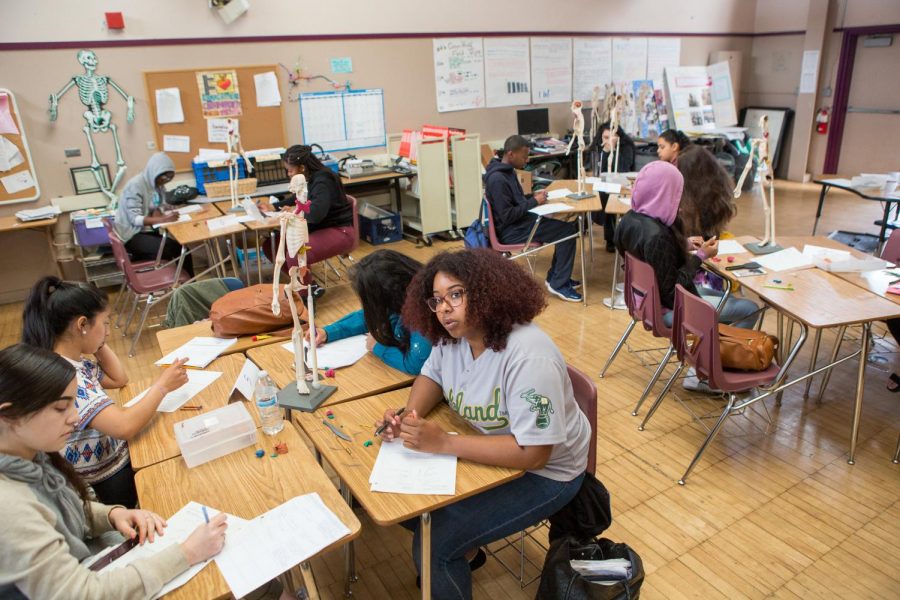People who are educated on diversity grow into the adults society needs
April 9, 2021
New York City is brimming with diversity. It is a hub of people from every walk of life where more than 200 languages are spoken and almost half of the population is from outside of the country, according to Great American Country.
Despite having such a diverse population, the American education system lacks discussions on diversity regarding race, culture, gender and other minority backgrounds. This becomes an issue, since many students only have the opportunity to learn about the adversity and history of these groups once they enter college, which isn’t soon enough.
Gender theory, anthropology, sociology, race theory, queer theory and more have existed as a privilege in higher education for those who have the ability to enroll in these courses. Those who have been taught the history of these concepts and their impact on society understand their peers on a higher caliber due to strongly developed critical thinking skills.
Understanding people and their identities should not be a privilege in the educational system, but instead a right — a right that should be given in primary education.
Due to various circumstances, many students do not have the opportunity to continue their education after high school.
Studying for a degree and profession is a part of secondary education, but understanding the fundamentals of how different identities impact politics, socioeconomic statuses and more should not exclusively be taught in secondary learning environments.
In some cases, high schools have taken measures to address the gaps in history courses and educate their students on more than the curriculum requires.
However, due to allocation of resources and dealing with thousands of students in each grade, it has been the role of the educator to take it upon themselves to expand their curriculum.
It is not fair that individual teachers have to take it upon themselves to make students feel represented and help them understand the nuances to race, gender and culture. The system should be supporting them by requiring courses where students understand adversity and its implications.
Based on the recent increase in Asian American hate crimes, it is evident that the average young adult is not aware of how certain differences impact a person’s experiences in the world.
Throughout 2020, everyone received the opportunity to listen and understand the Black community’s experience in this country.
In school, students are taught about the Civil War and the civil rights movement. However, they aren’t taught the long-term effects of American history and how its implications have resulted in police brutality, microaggressions, white privilege and other forms of modern-day oppression.
When it comes to women’s suffrage and rights, this is also an issue that has been swept under the rug in primary education, especially when it comes to the experience of women outside of America.
The youth has turned to the internet and social media platforms to tackle some of these issues by spreading awareness, background information and starting important dialogues. However, credibility is questionable on the internet and facts can become twisted in ways that formal education doesn’t.
By not teaching students of the issues that their fellow community members are experiencing and their history, the youth is allowed to remain ignorant by thinking the past was the only time where injustice existed.







